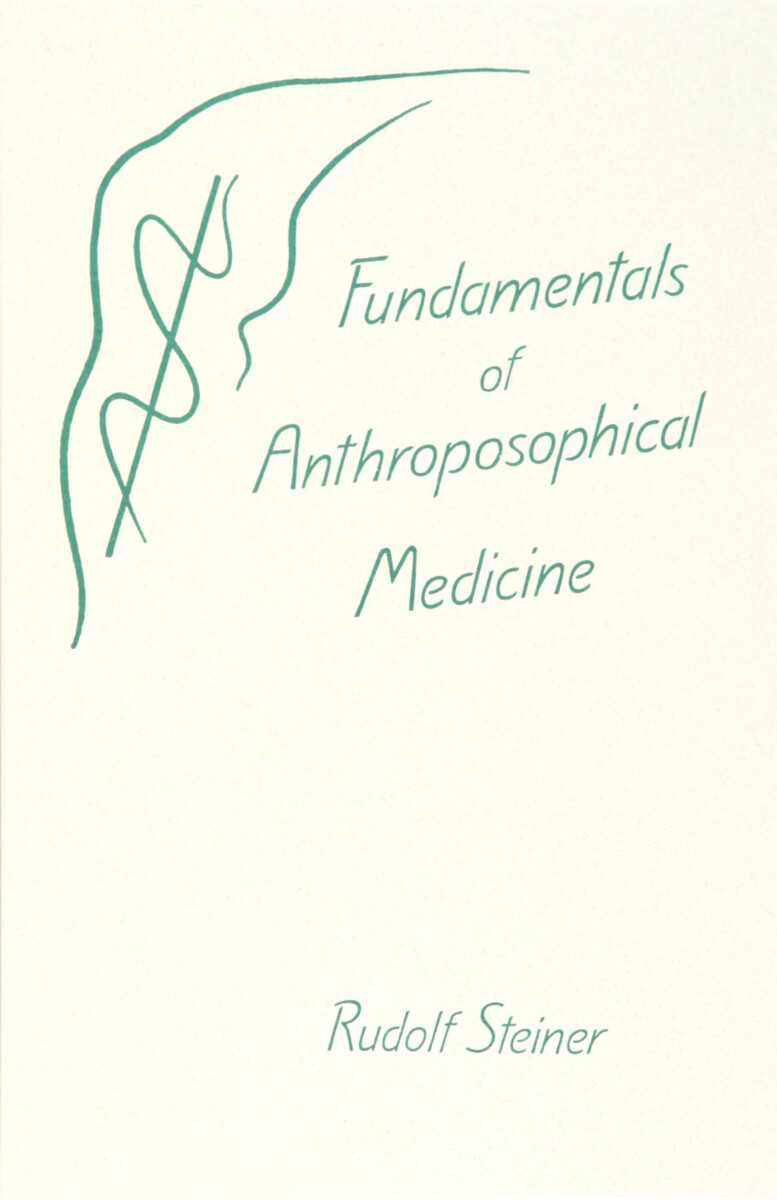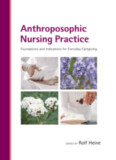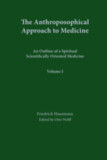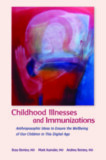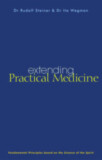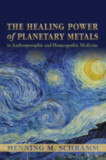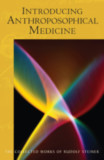- Publisher
Mercury Press - Published
23rd February 1995 - ISBN 9780936132808
- Language English
- Pages 90 pp.
- Size 5.5" x 8.5"
4 lectures, Stuttgart, October 26–28, 1922 (CW 314)
“I think the stimulus given by anthroposophic research to medicine and to natural-scientific thinking ought to be worked out by those who are specialists in the various domains. Indeed, all that comes from anthroposophic investigation regarding medicine and, for instance, physiology, can be no more than a stimulus that must then be worked out empirically. Only on the basis of this empirical study can there arise valid and convincing judgments of the matters in question—and this is the kind of judgment that is needed in the domain of therapy.” — Rudolf Steiner (Oct. 26, 1922)
What is the difference between natural science and spiritual science? Dr. Steiner illumines this question and others in these fundamental lectures for understanding of the anthroposophic approach to human illnesses and their treatments.
Topics discussed include the structure of the brain; breathing, metabolic, anabolic, and catabolic processes; the human threefold organization and growth forces; the earth, water, air, and fire elements of the human organism.
This volume contains four lectures translated from the German text Physiologisch- Therapeutisches auf Grundlage der Geisteswissenschaft (GA 314).
CONTENTS SYNOPSES:
LECTURE 1: Empirical science and spiritual science; the structure of the brain; the process of breathing; metabolic processes; solid, fluid, and fiery aspect of human organism; anabolic and catabolic processes. October 26th, 1922
LECTURE 2: The basis for a study of human physiology; the four members of man and their connection with the physical organism; heart and lung system; kidney system; liver and gall system; plants and their use as remedies. October 27th, 1922 a.m.
LECTURE 3: Threefold organization of the human being and forces of growth; polarity of nerve-sense and metabolic systems and the 4:1 ratio of pulse and breathing; sulfur, mercury and salt principles in plants used as remedies; tumor formation and treatment with warmth. October 27th, 1922 p.m.
LECTURE 4: Iron in the human blood; relationship of silicic acid and sugar to sense organs; a direction for rational therapy; metals as remedies; man as a being of the whole cosmos. October 28th, 1922
Rudolf Steiner
Rudolf Steiner (b. Rudolf Joseph Lorenz Steiner, 1861–1925) was born in the small village of Kraljevec, Austro-Hungarian Empire (now in Croatia), where he grew up. As a young man, he lived in Weimar and Berlin, where he became a well-published scientific, literary, and philosophical scholar, known especially for his work with Goethe’s scientific writings. Steiner termed his spiritual philosophy anthroposophy, meaning “wisdom of the human being.” As an exceptionally developed seer, he based his work on direct knowledge and perception of spiritual dimensions. He initiated a modern, universal “spiritual science” that is accessible to anyone willing to exercise clear and unbiased thinking. From his spiritual investigations, Steiner provided suggestions for the renewal of numerous activities, including education (general and for special needs), agriculture, medicine, economics, architecture, science, philosophy, Christianity, and the arts. There are currently thousands of schools, clinics, farms, and initiatives in other fields that involve practical work based on the principles Steiner developed. His many published works feature his research into the spiritual nature of human beings, the evolution of the world and humanity, and methods for personal development. He wrote some thirty books and delivered more than six thousand lectures throughout much of Europe. In 1924, Steiner founded the General Anthroposophical Society, which today has branches around the world.


